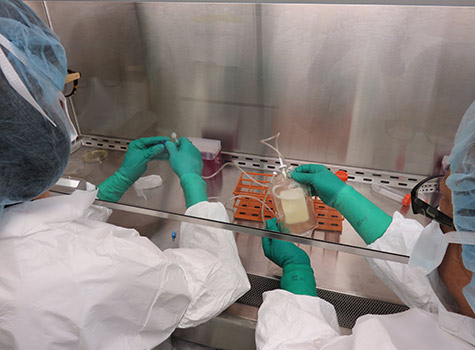Over the years, dozens of imaging paradigms and algorithms have been created for visualizing the 3D structure of
In an attempt to find a standard neuron reconstruction algorithm, BigNeuron will sponsor a series of international hackathons and workshops where contending algorithms will be ported onto a common software platform to analyze neuronal physical structure using the same core dataset. All ported algorithms will be
The data generated by these benchmark runs will be used to develop a comprehensive annotated database of complex neuronal morphology, generate a searchable tool for discovering annotated and unique characteristics of neuronal morphology and lay the groundwork for potentially integrating this tool with
«BigNeuron highlights NERSC’s strengths as a unified facility where people can run sophisticated data analytics algorithms and simulations and a worldwide community of researchers can easily access the results over the Internet," says Prabhat, leader of NERSC’s Data and Analytics Services Group and BigNeuron collaborator.
«For more than 40 years NERSC has served as a scientific computing center and archive for thousands of researchers at national laboratories and universities around the world. Our users are investigating a variety of problems from climate to combustion, and we’ve developed a robust infrastructure to support their needs," says Sudip Dosanjh, NERSC Director. «Our participation in the BigNeuron effort is an extension of the work that we’ve been doing for four decades.»
The Allen Institute for Brain Science is coordinating the BigNeuron effort; read their press release.
BigNeuron Factsheet: https://alleninstitute.org/bigneuron/overview/
More information about Berkeley Lab’s contributions to standardizing neuroscience data:
https://www.nersc.gov/
About Berkeley Lab Computing Sciences
The Lawrence Berkeley National Laboratory (Berkeley Lab) Computing Sciences organization provides the computing and networking resources and expertise critical to advancing the Department of Energy’s research missions: developing new energy sources, improving energy efficiency, developing new materials and increasing our understanding of ourselves, our world and our universe. ESnet, the Energy Sciences Network, provides the
Linda Vu
http://cs.lbl.gov
